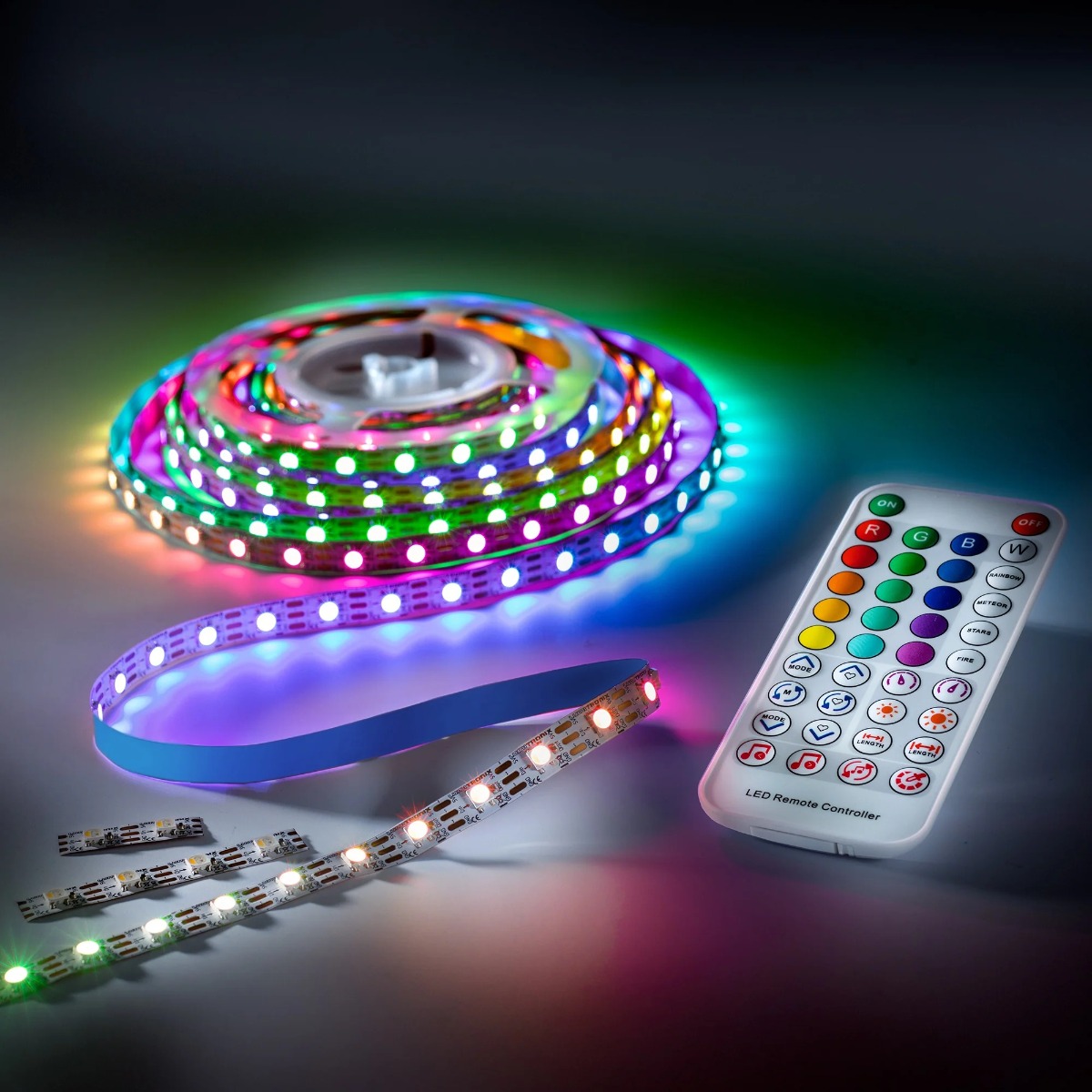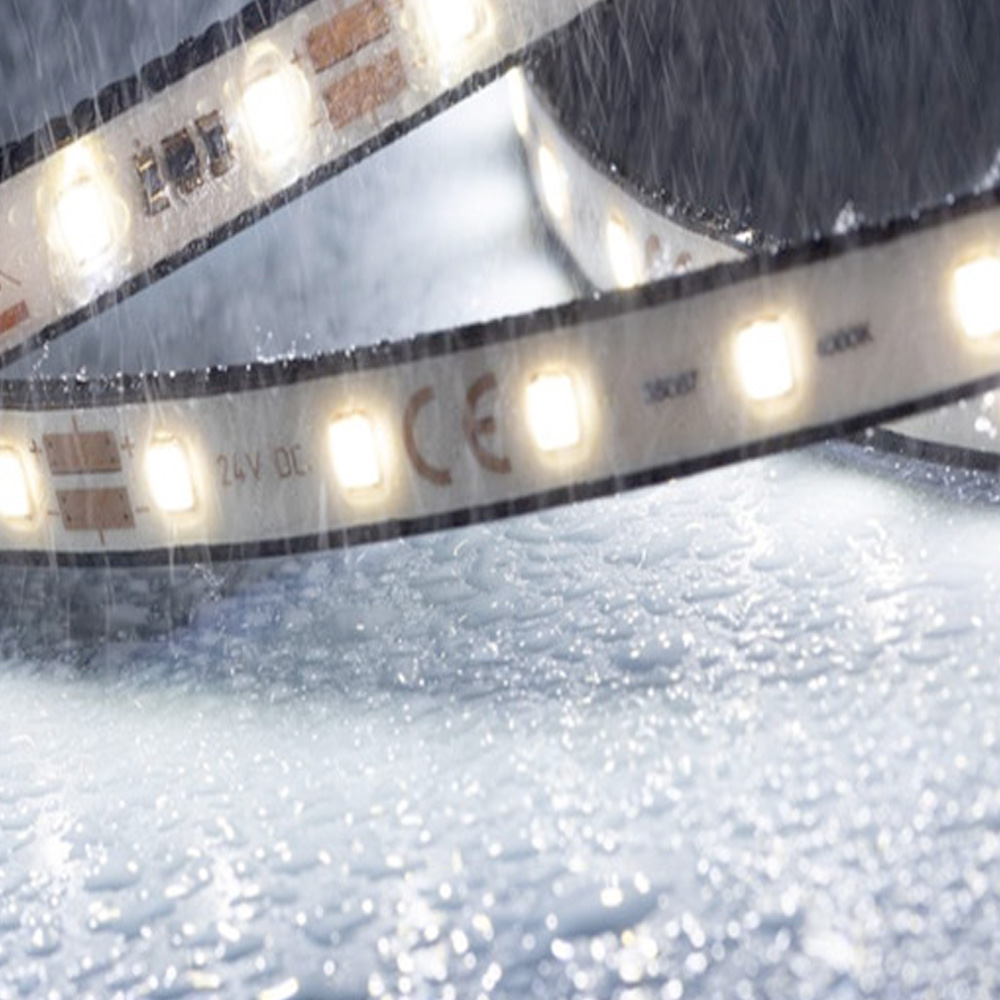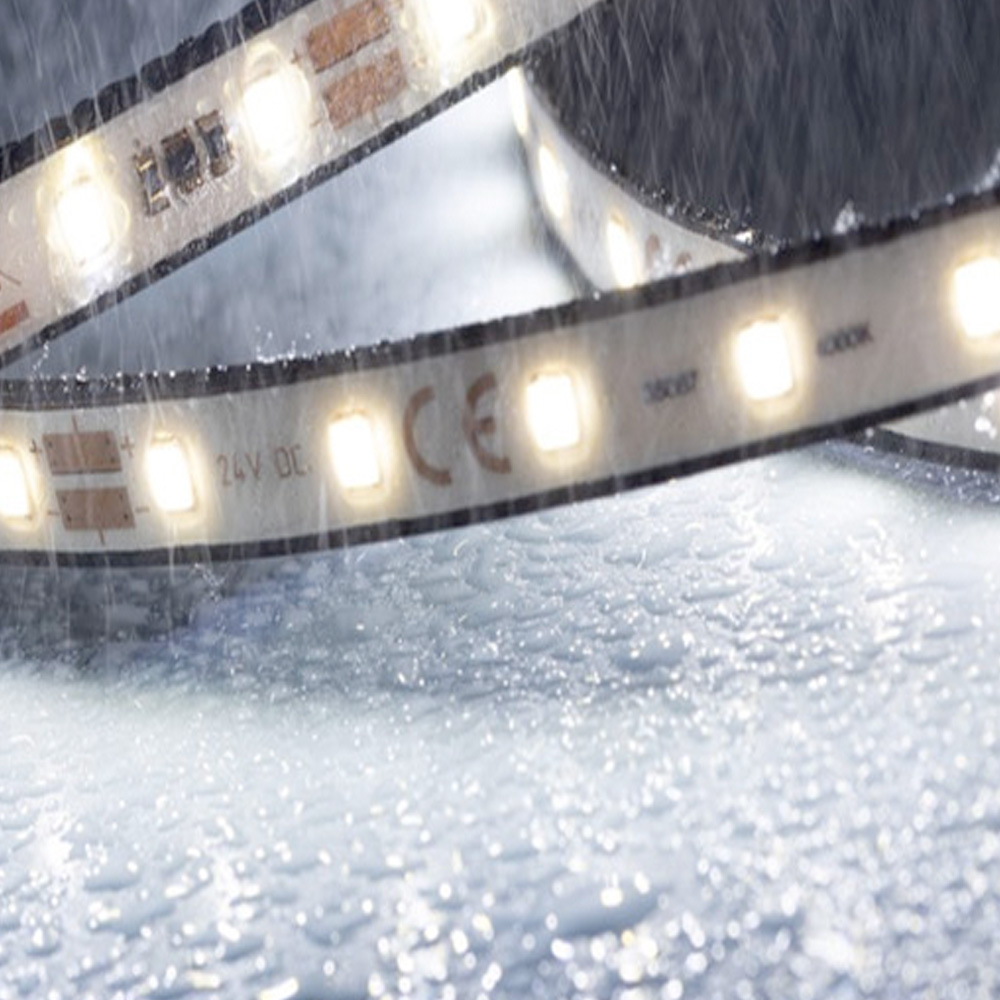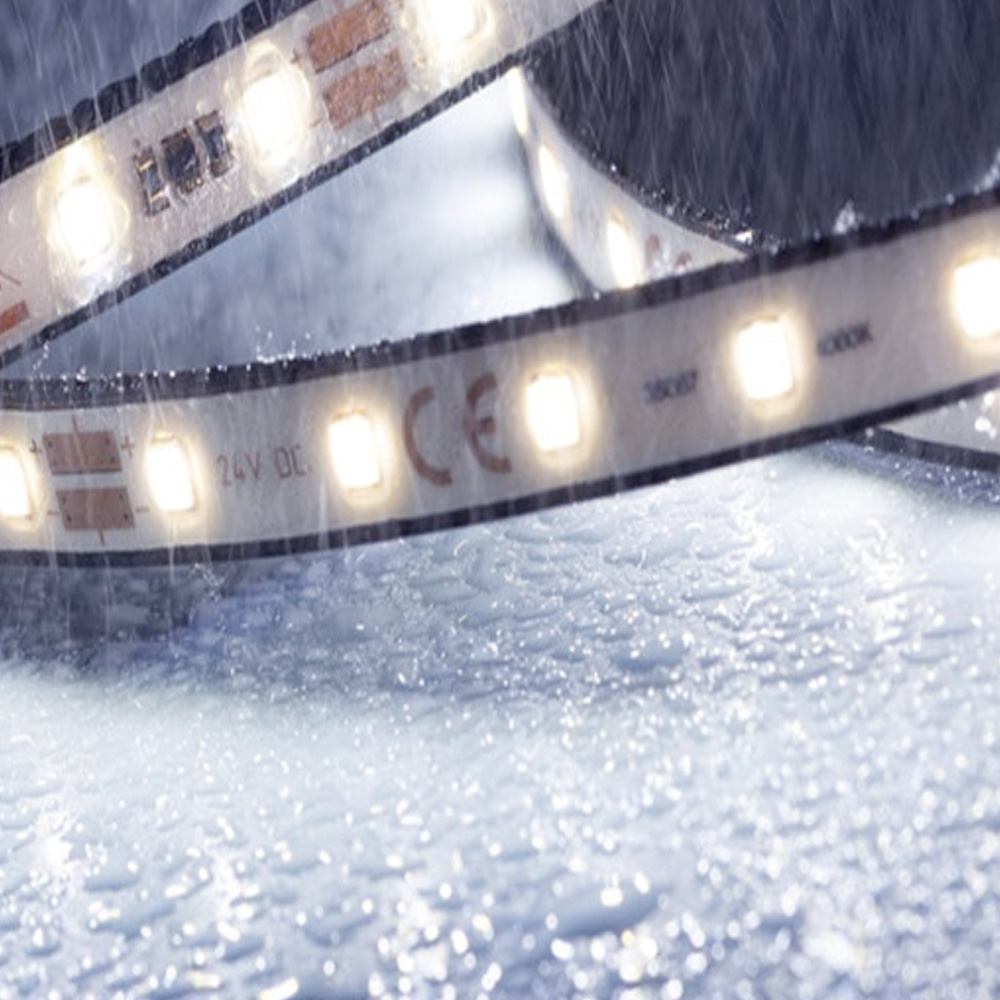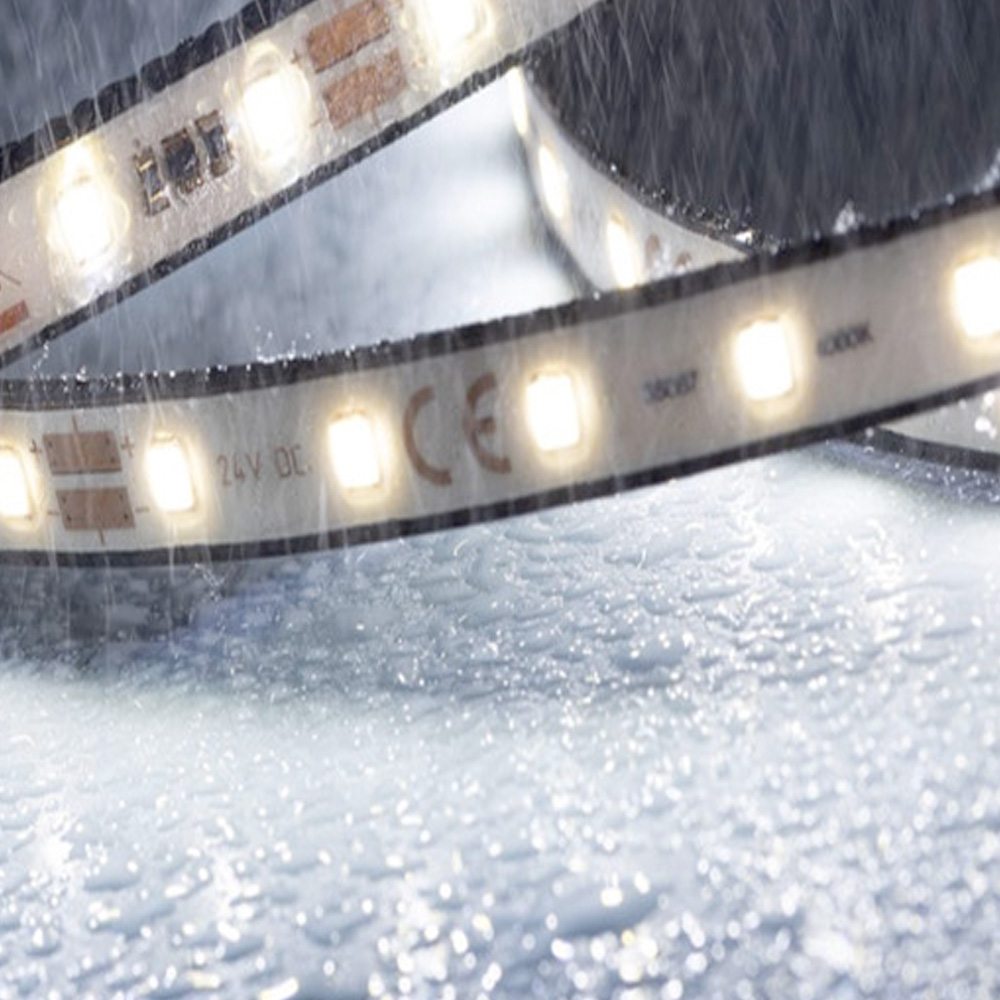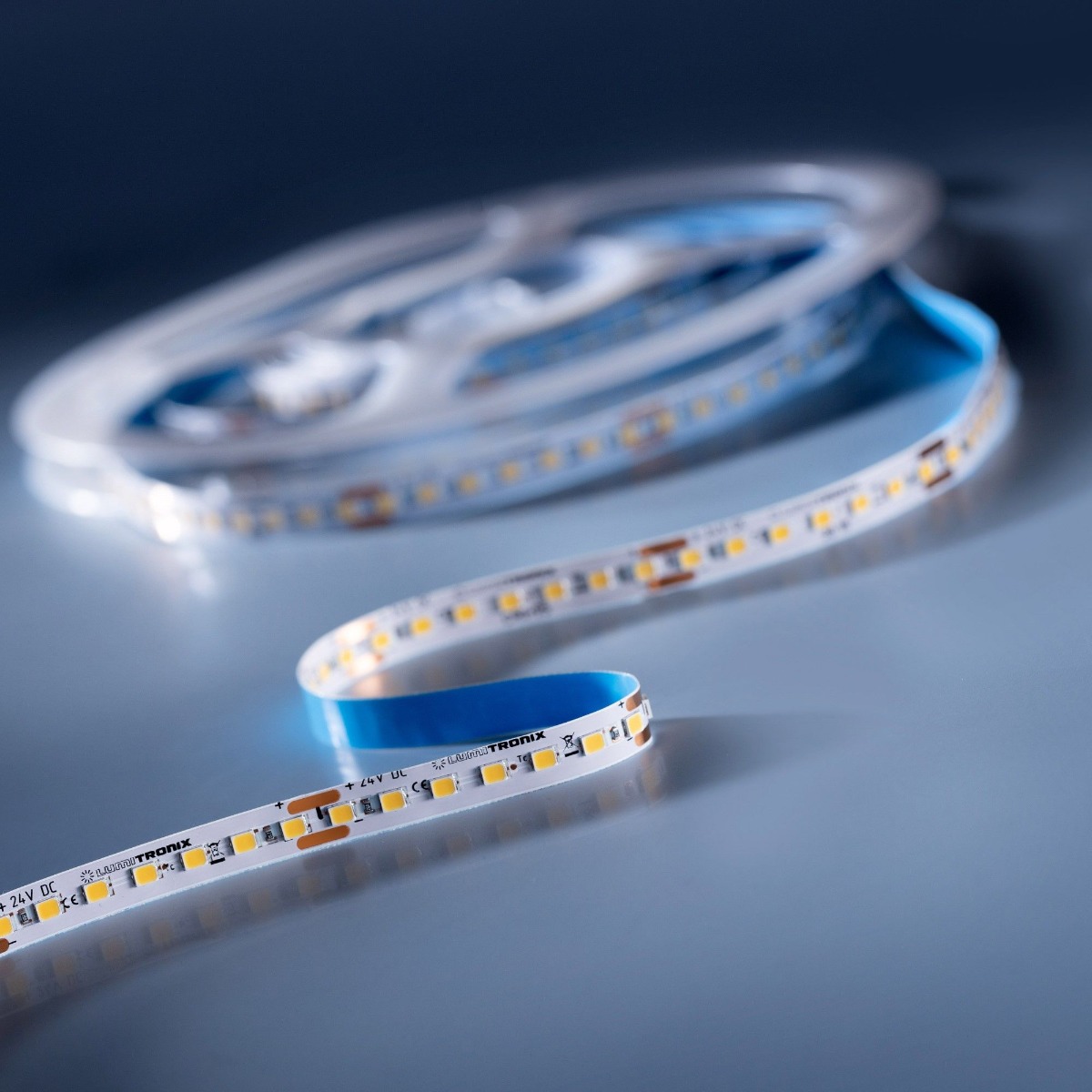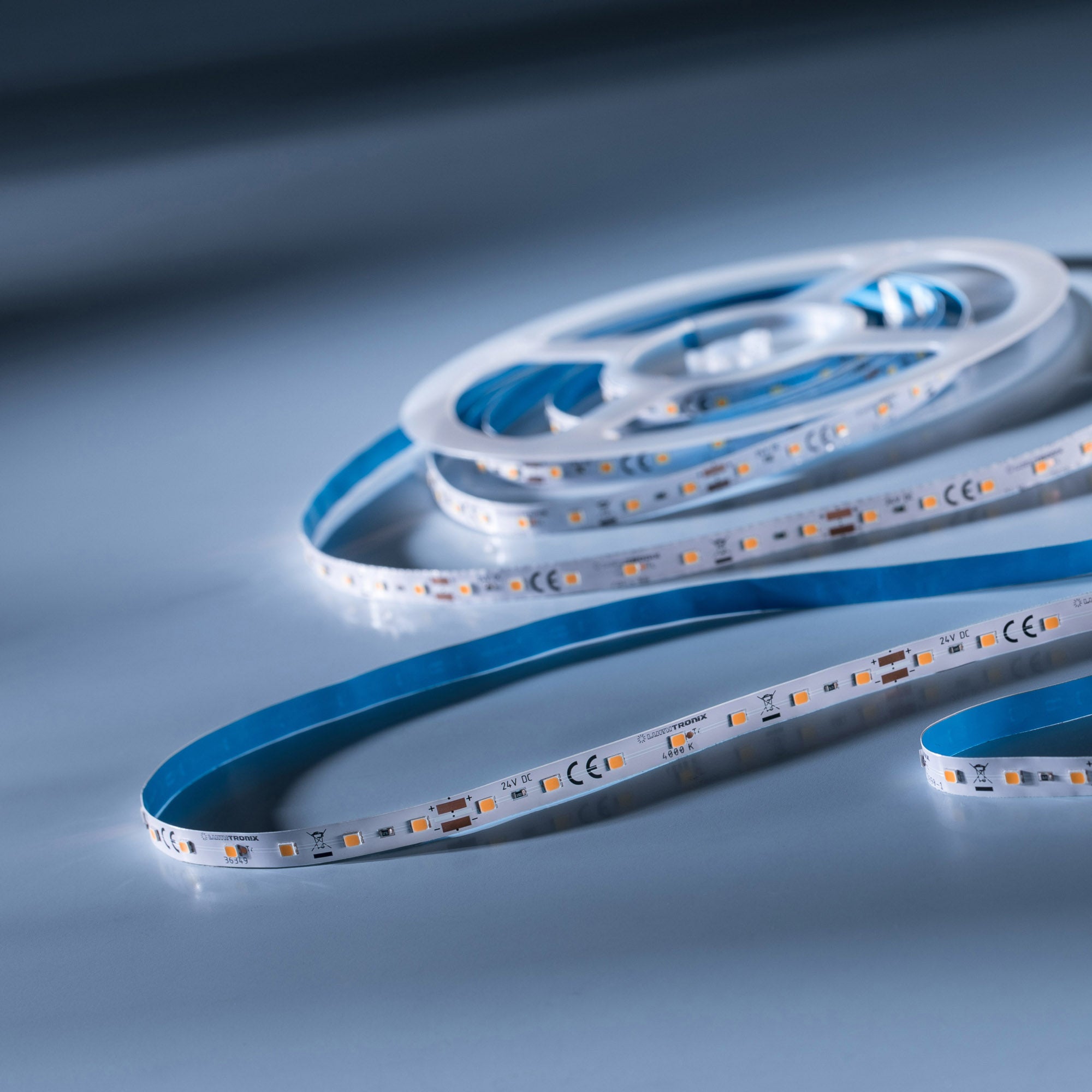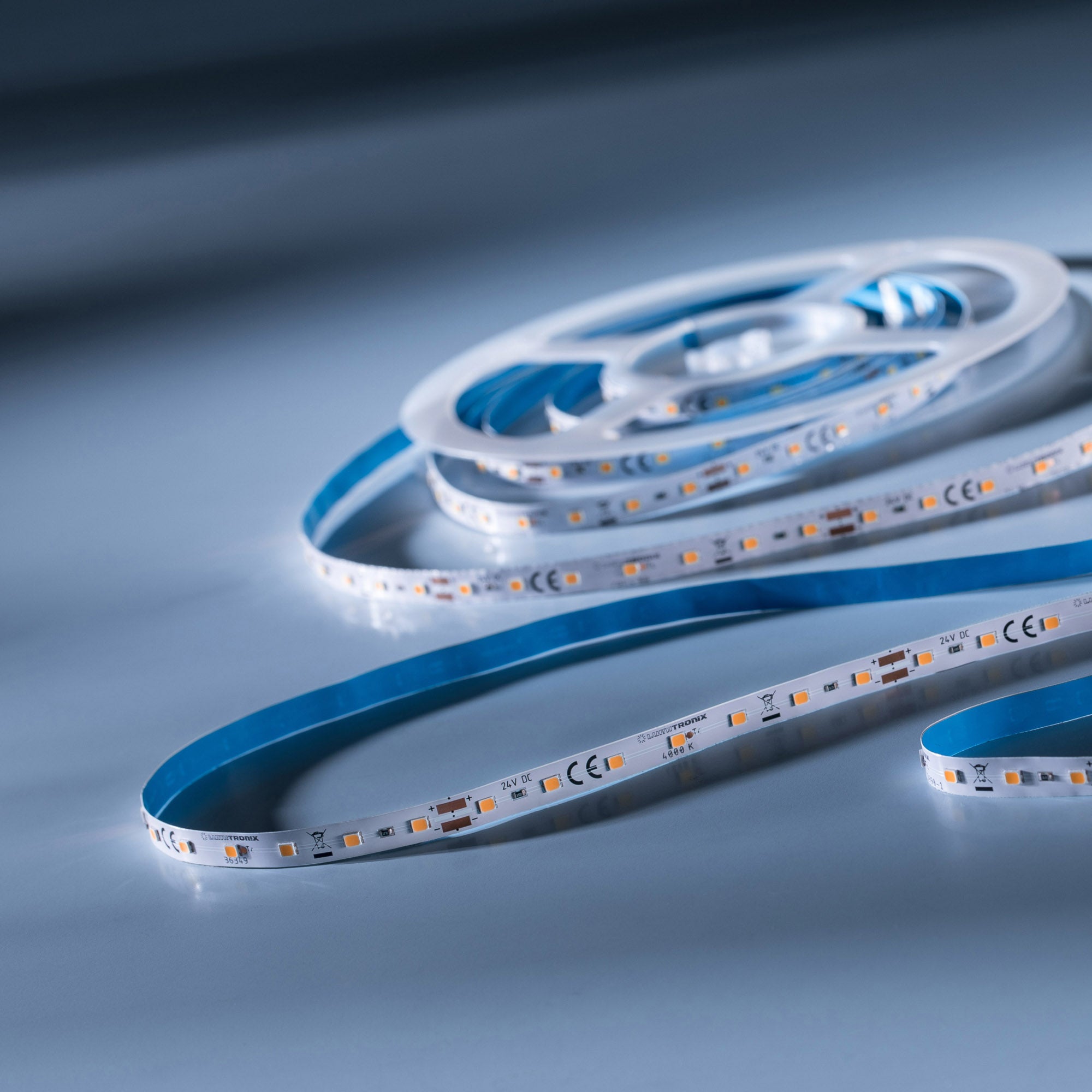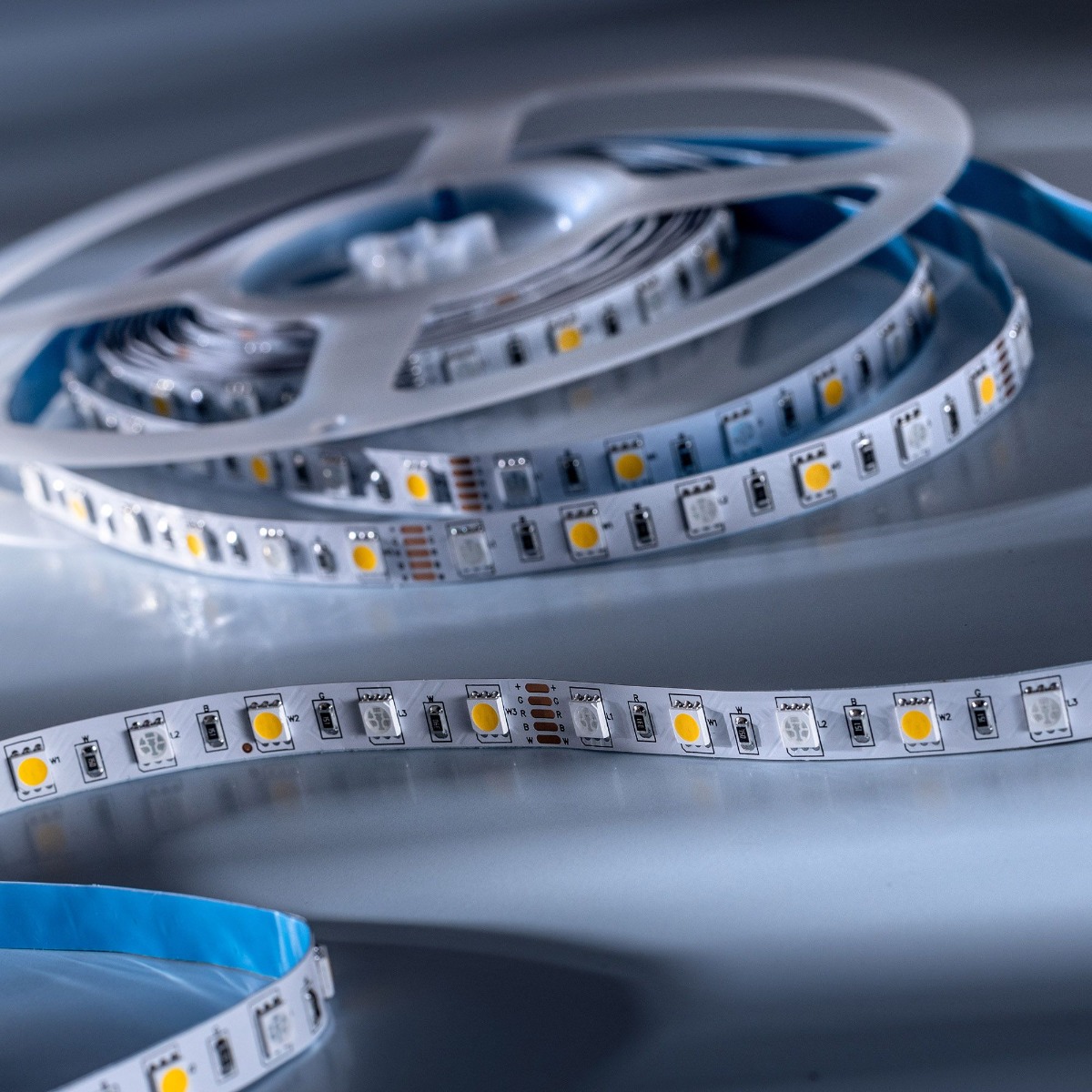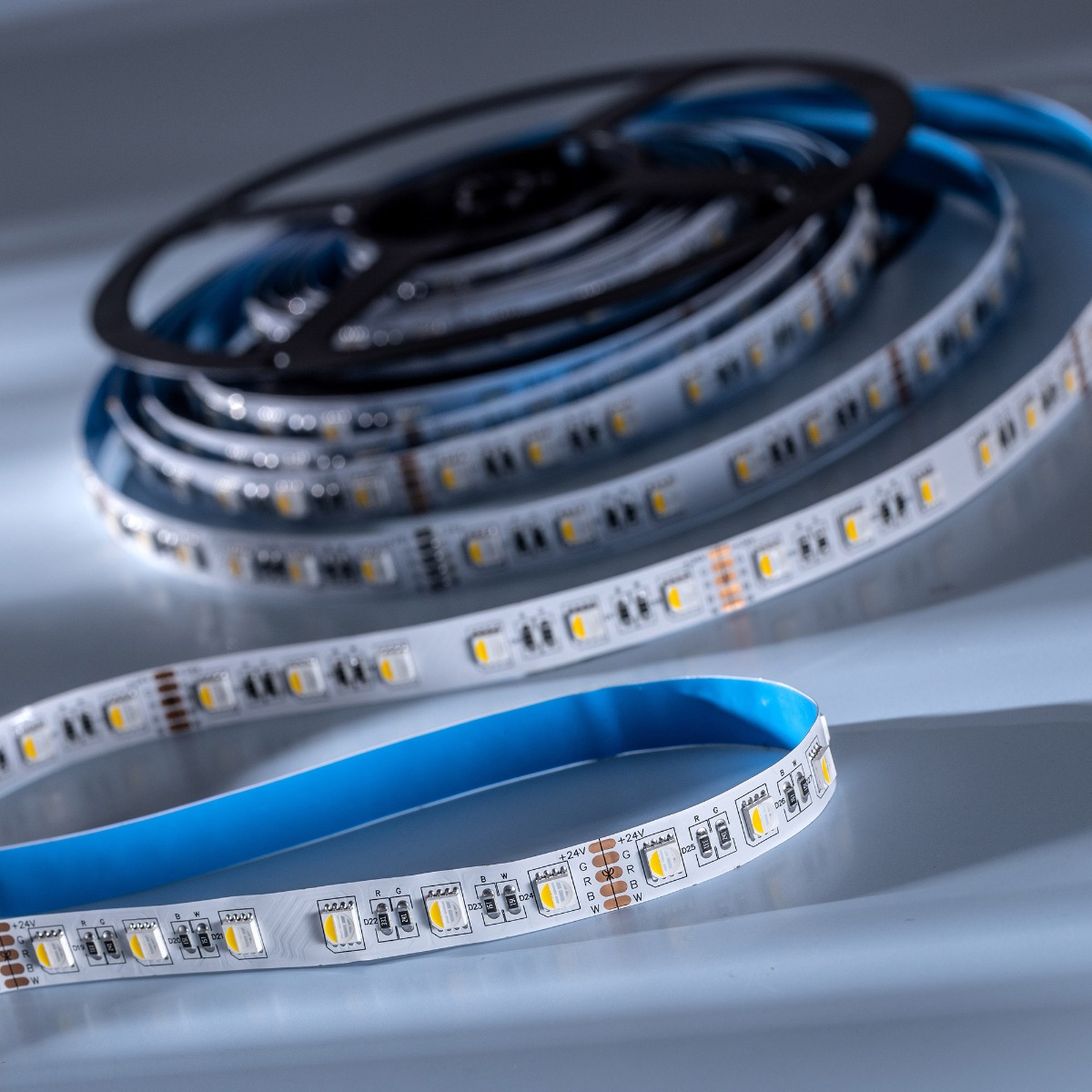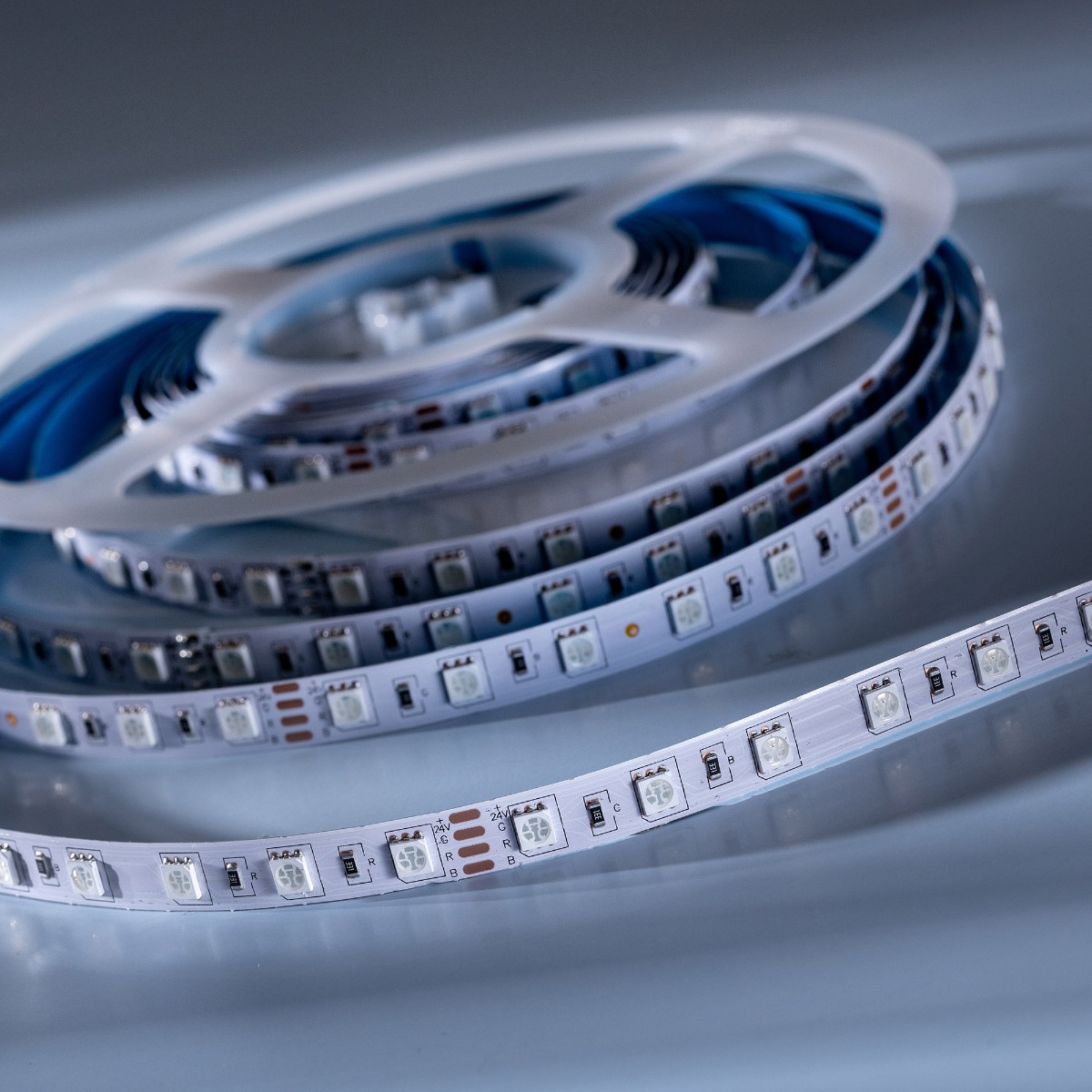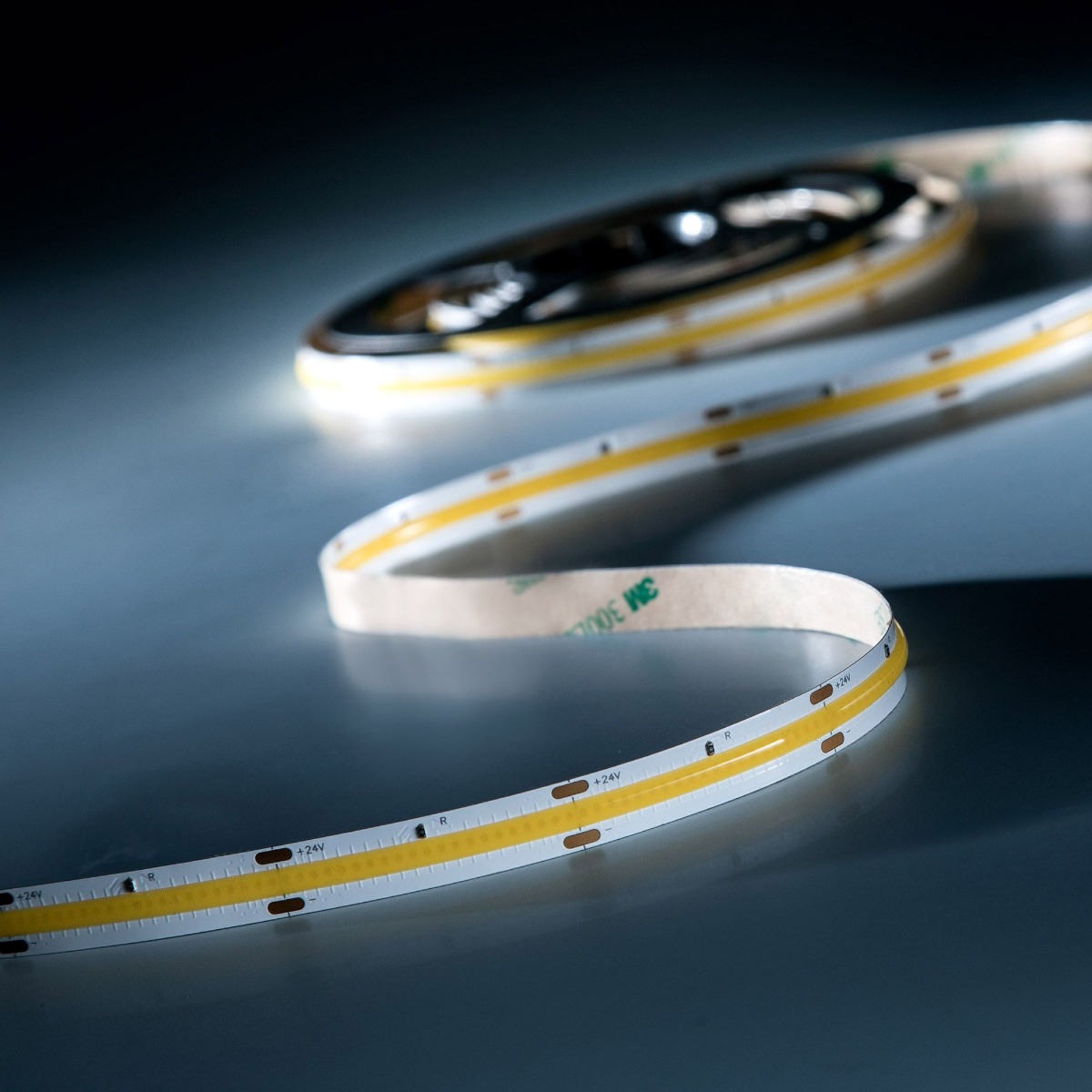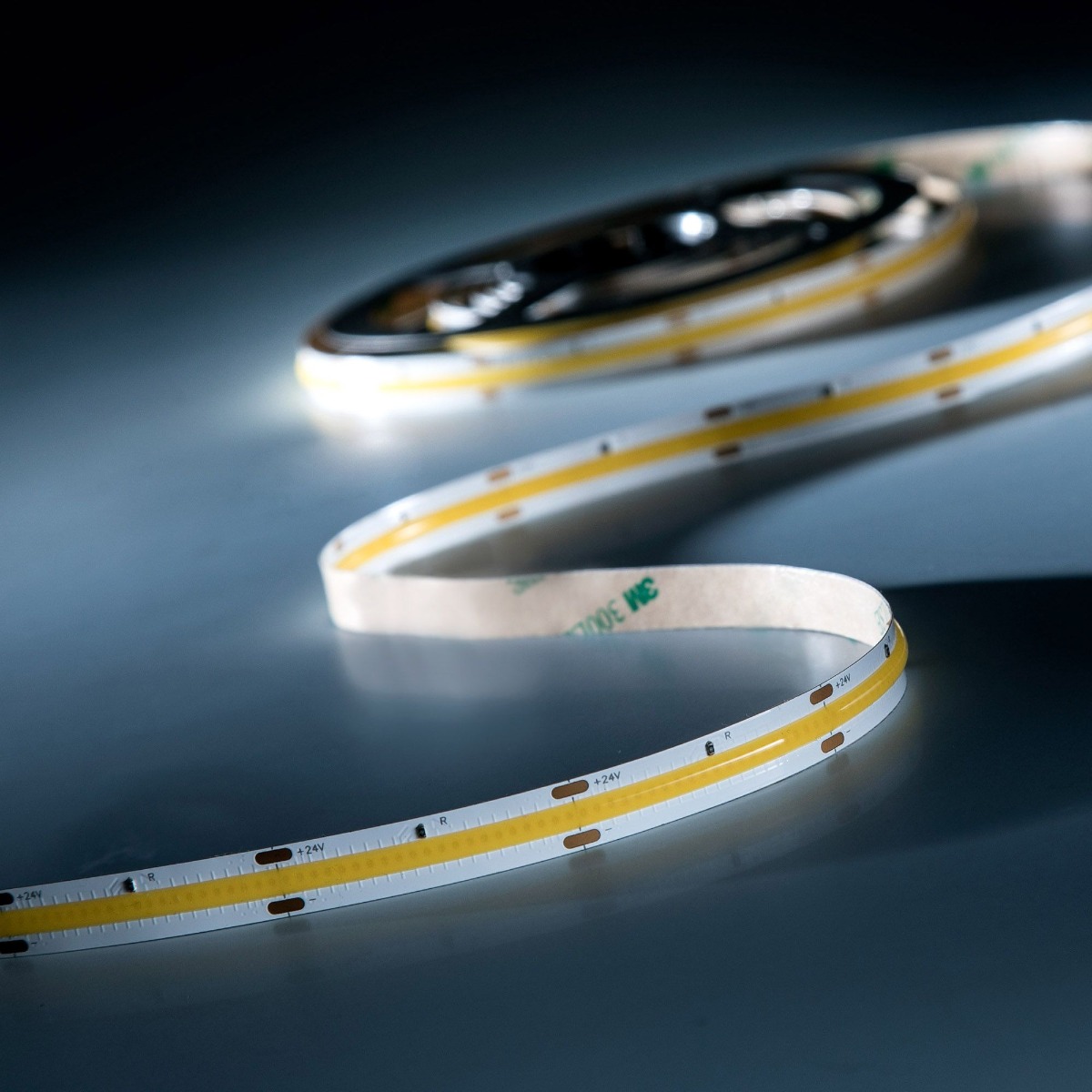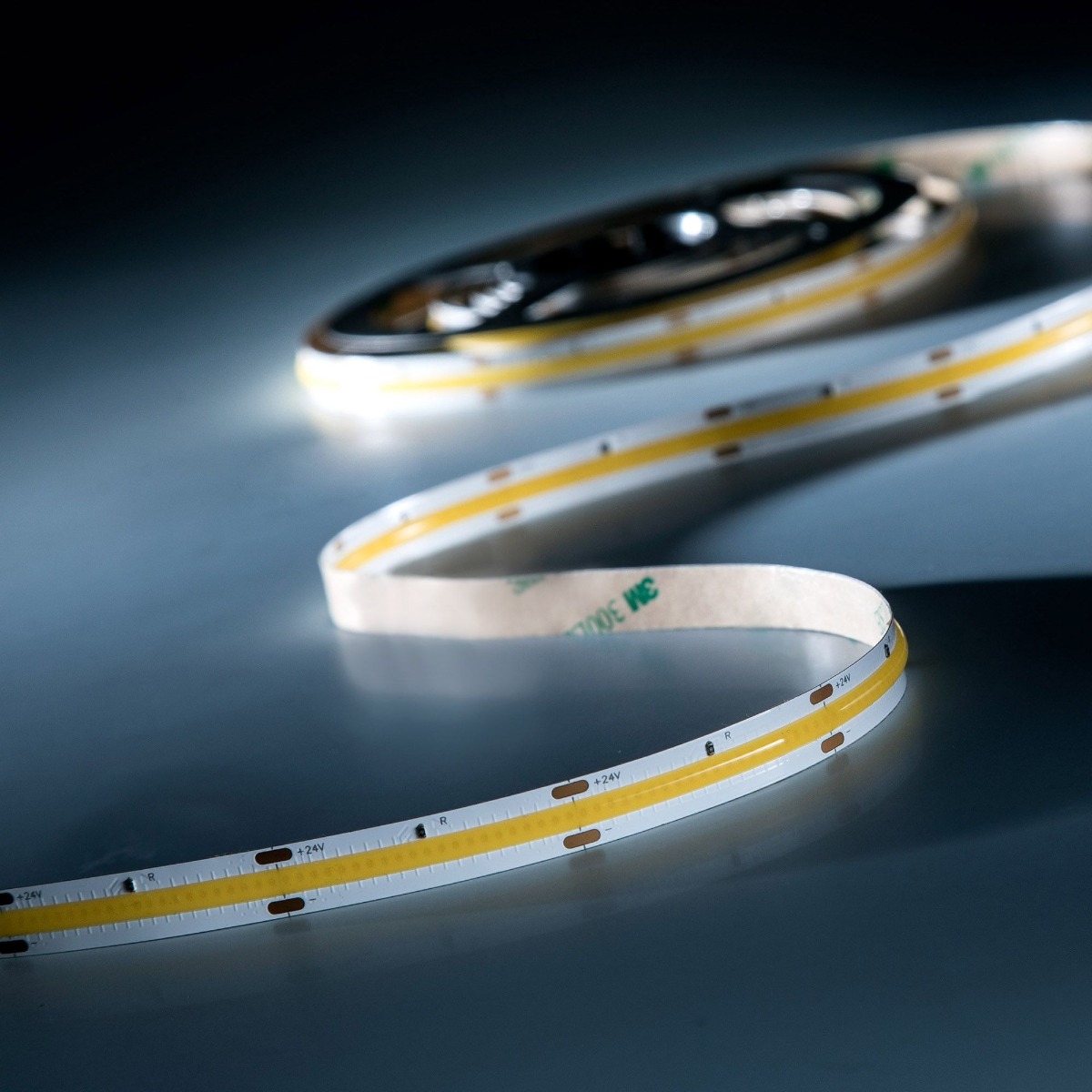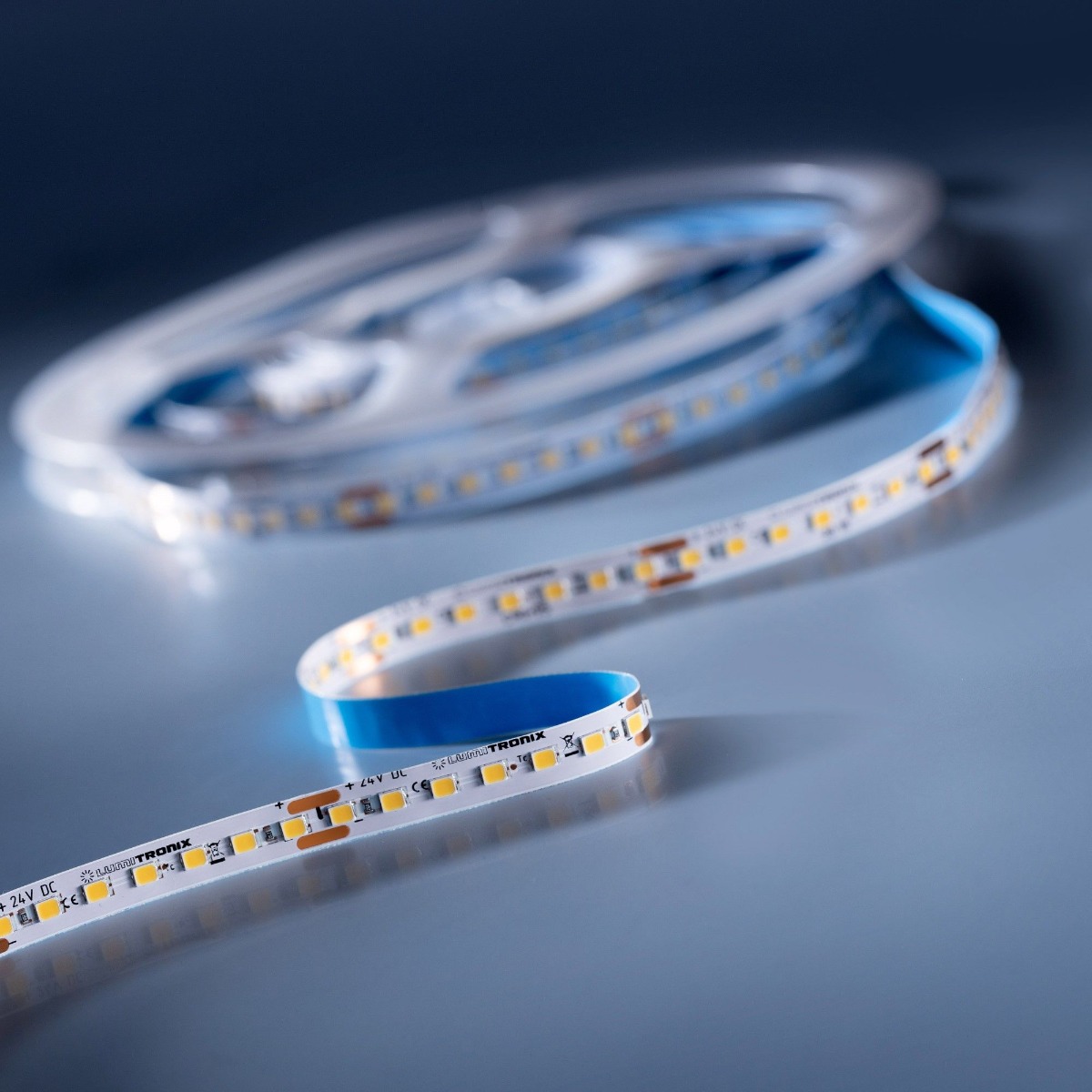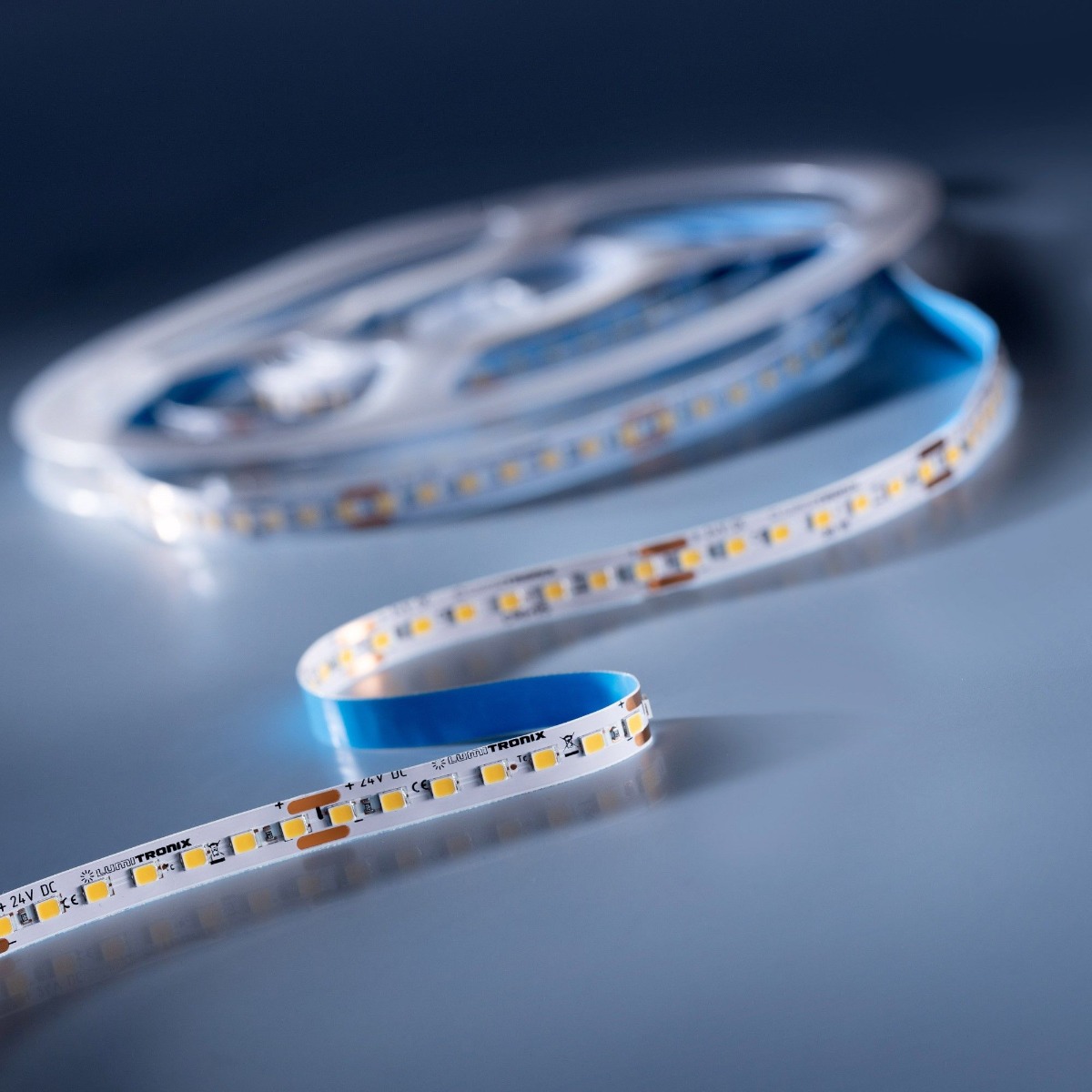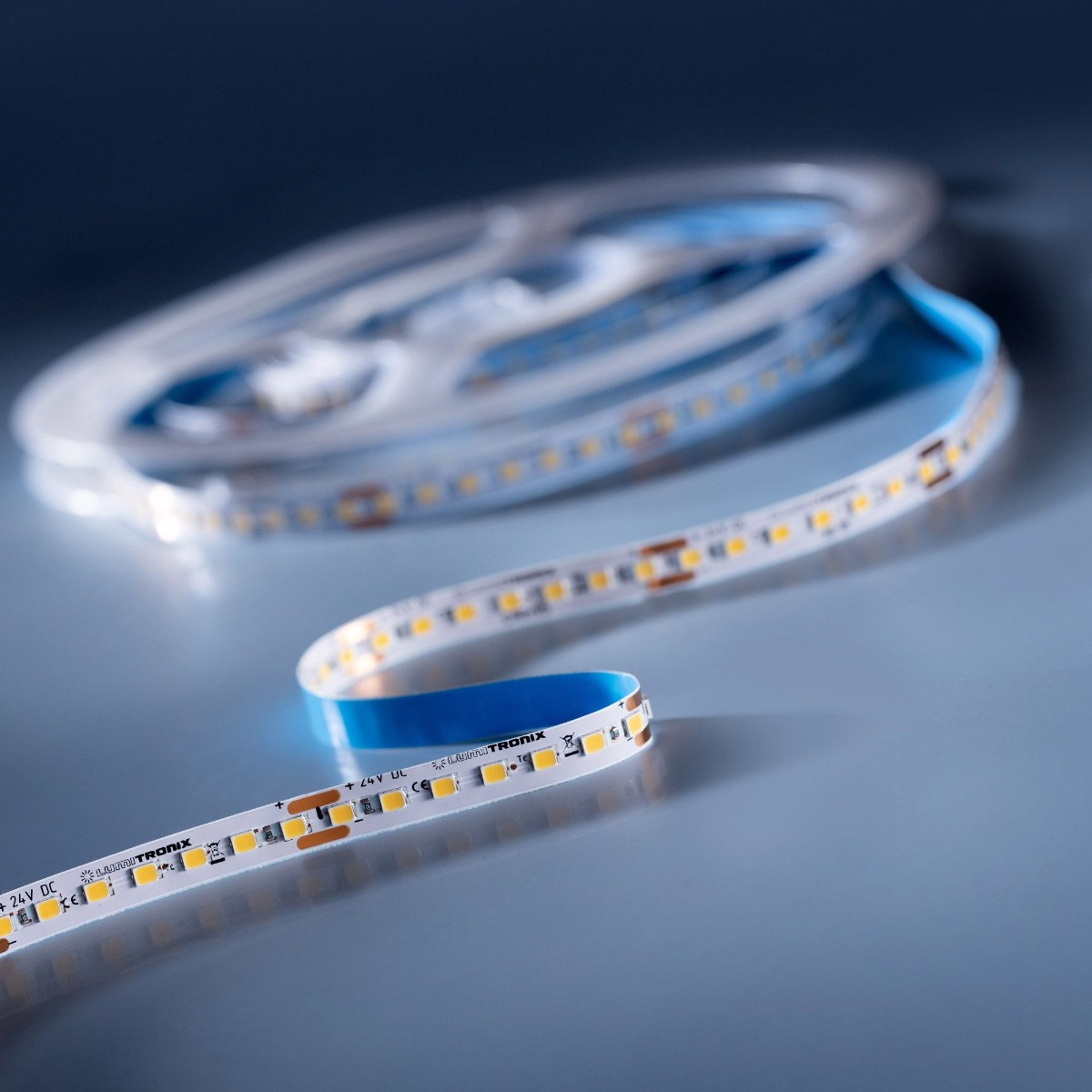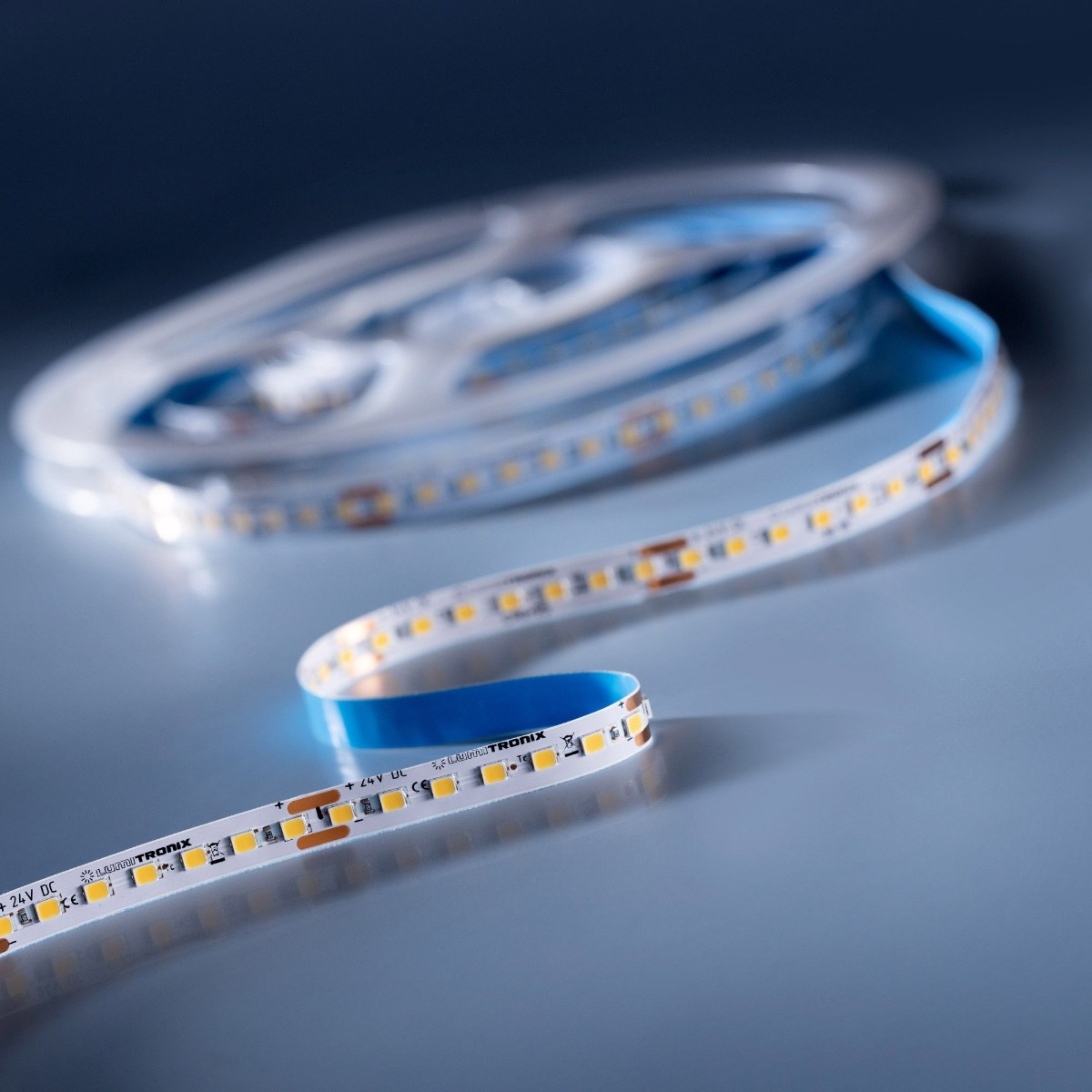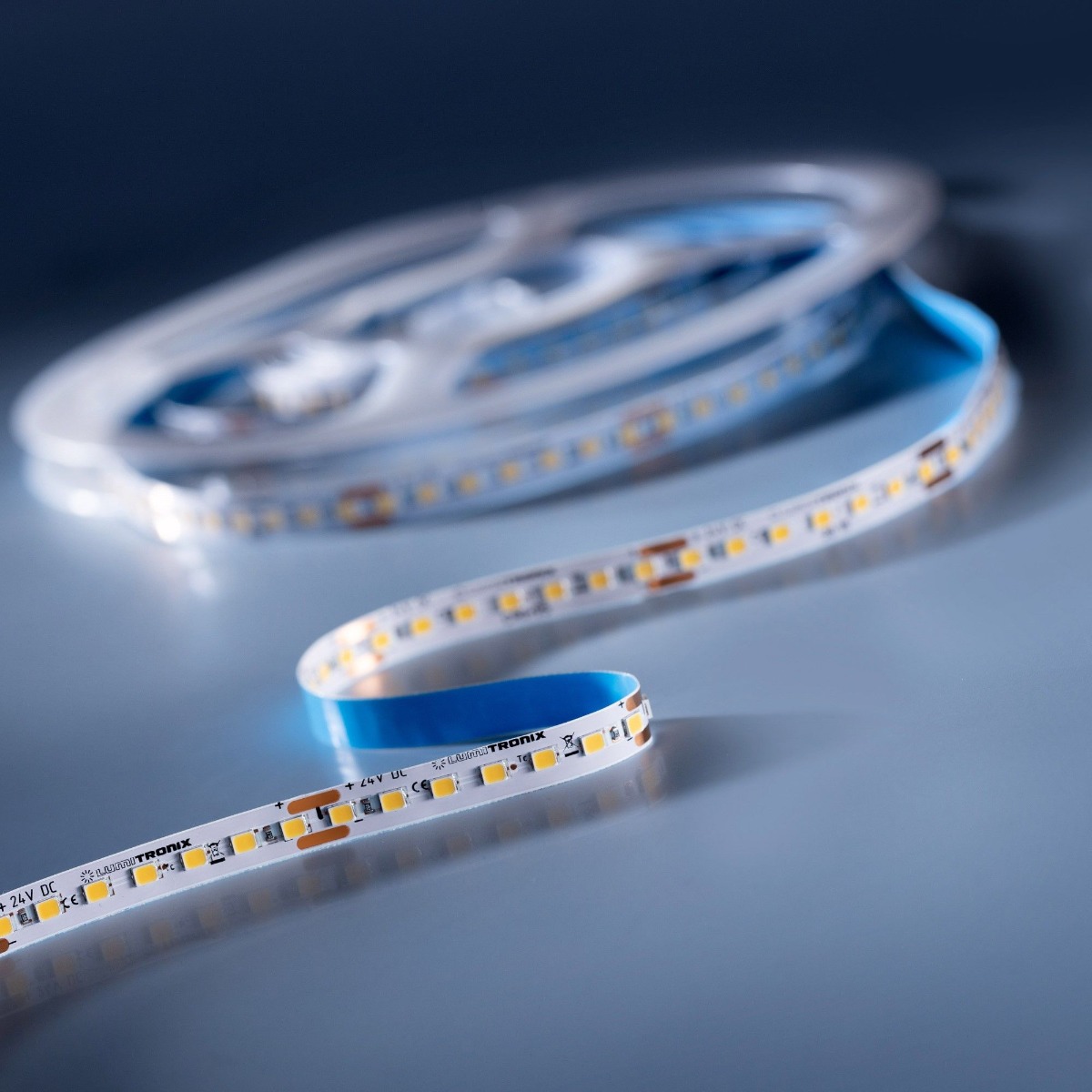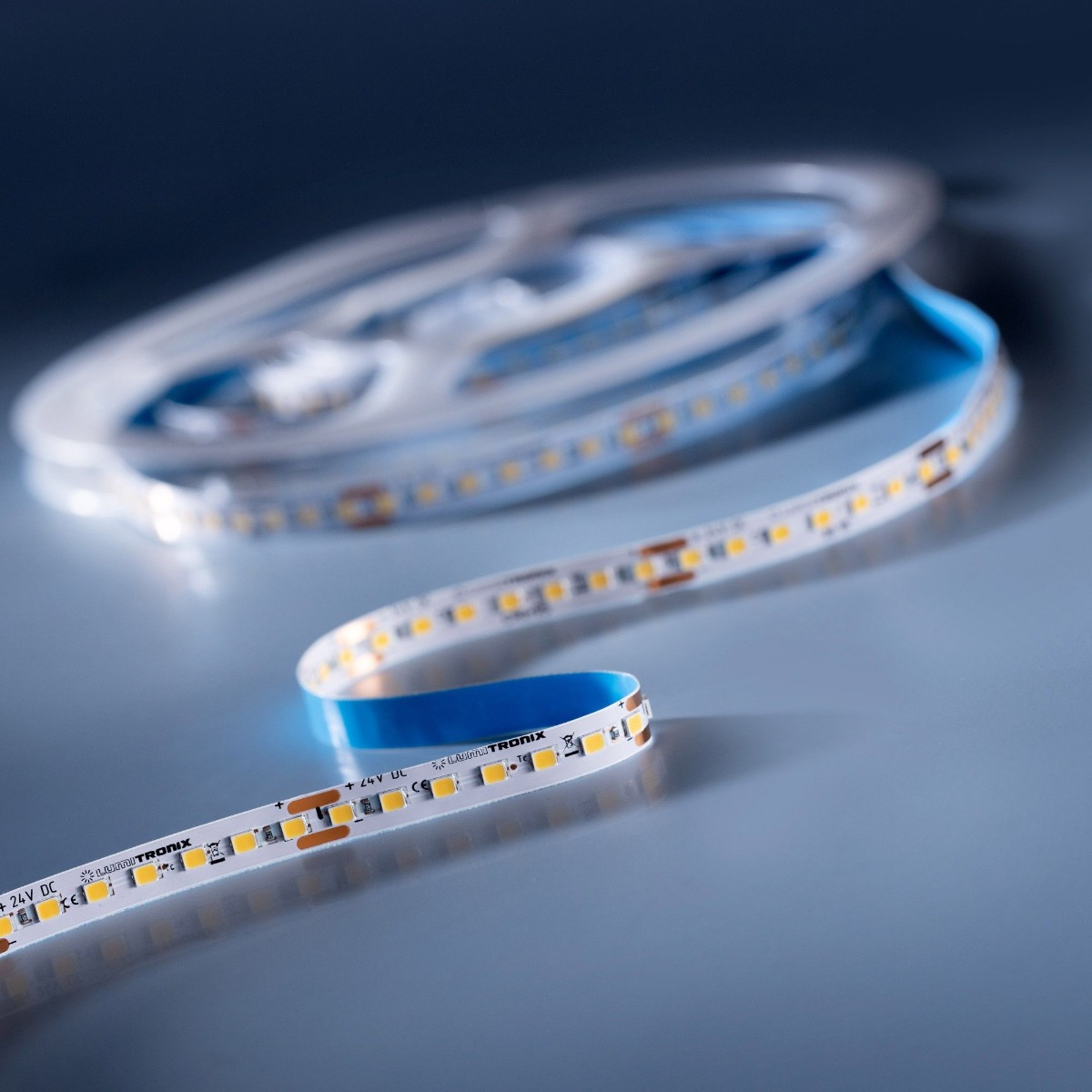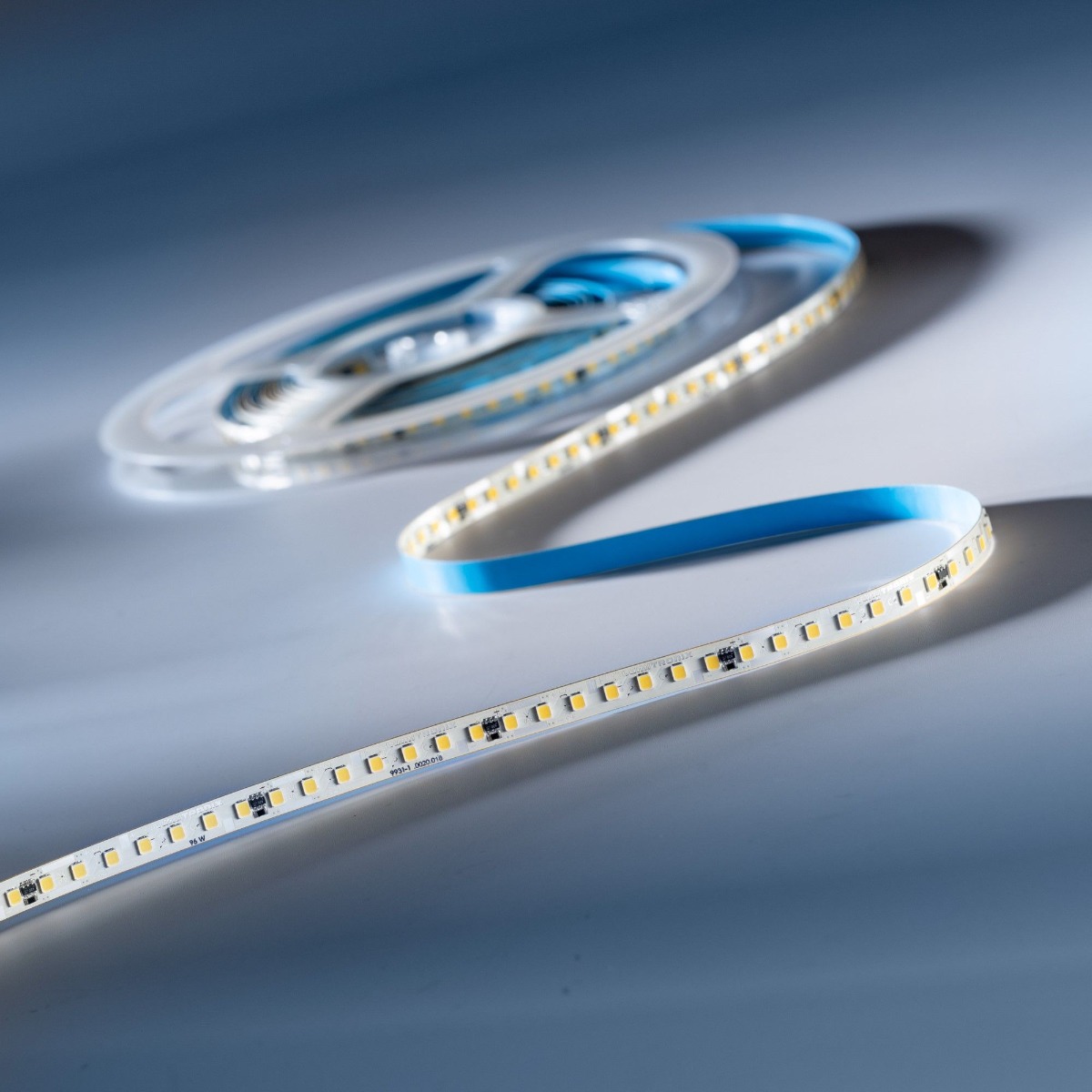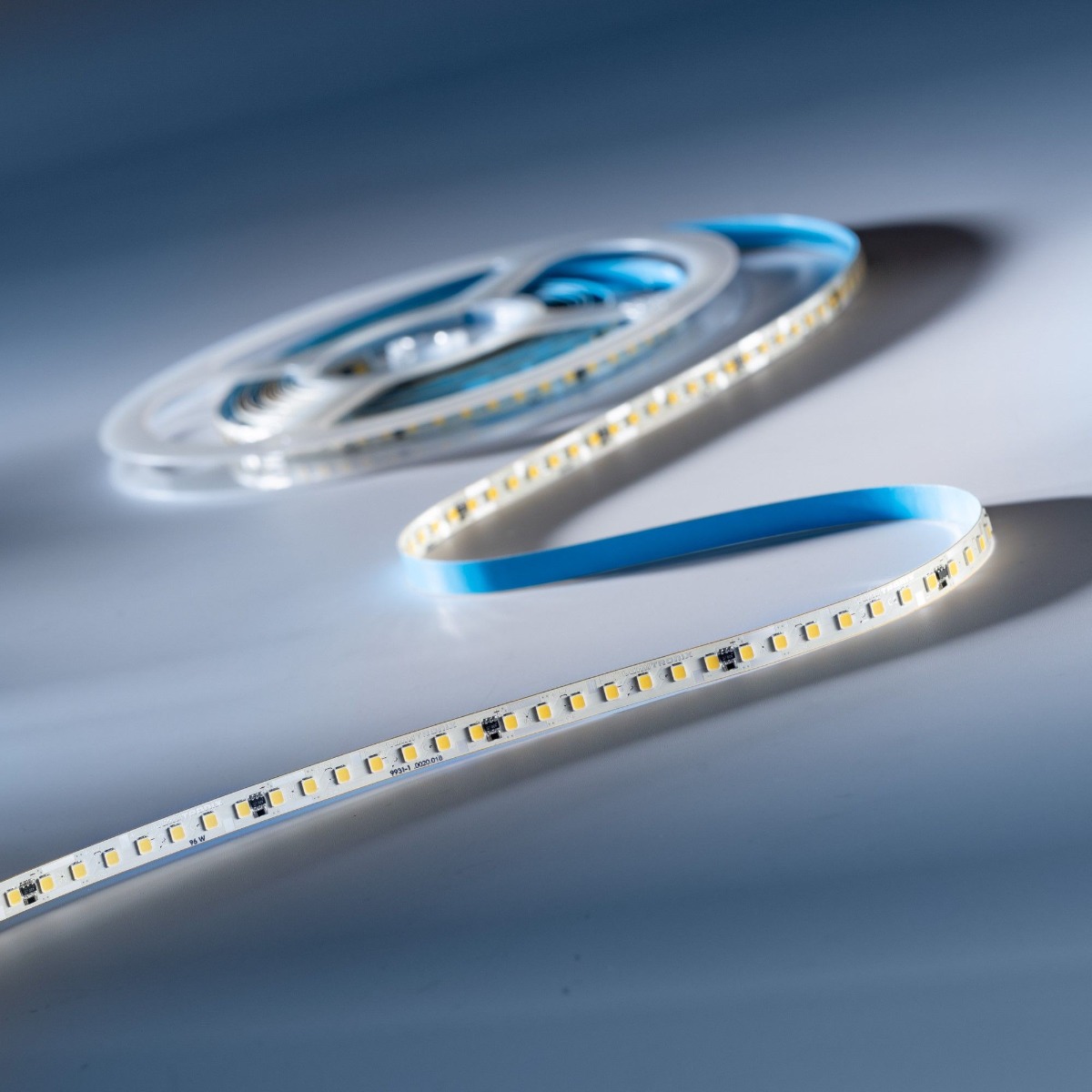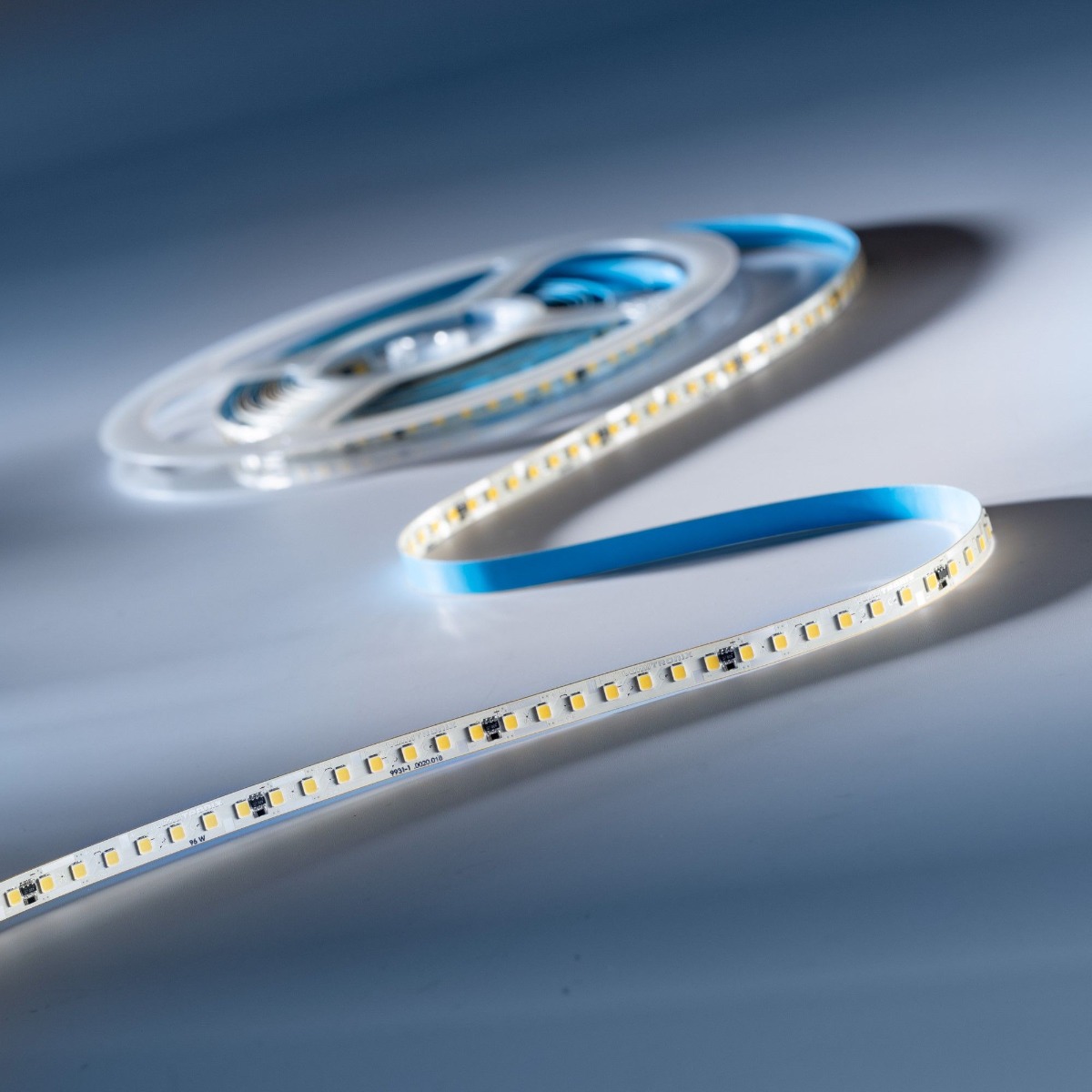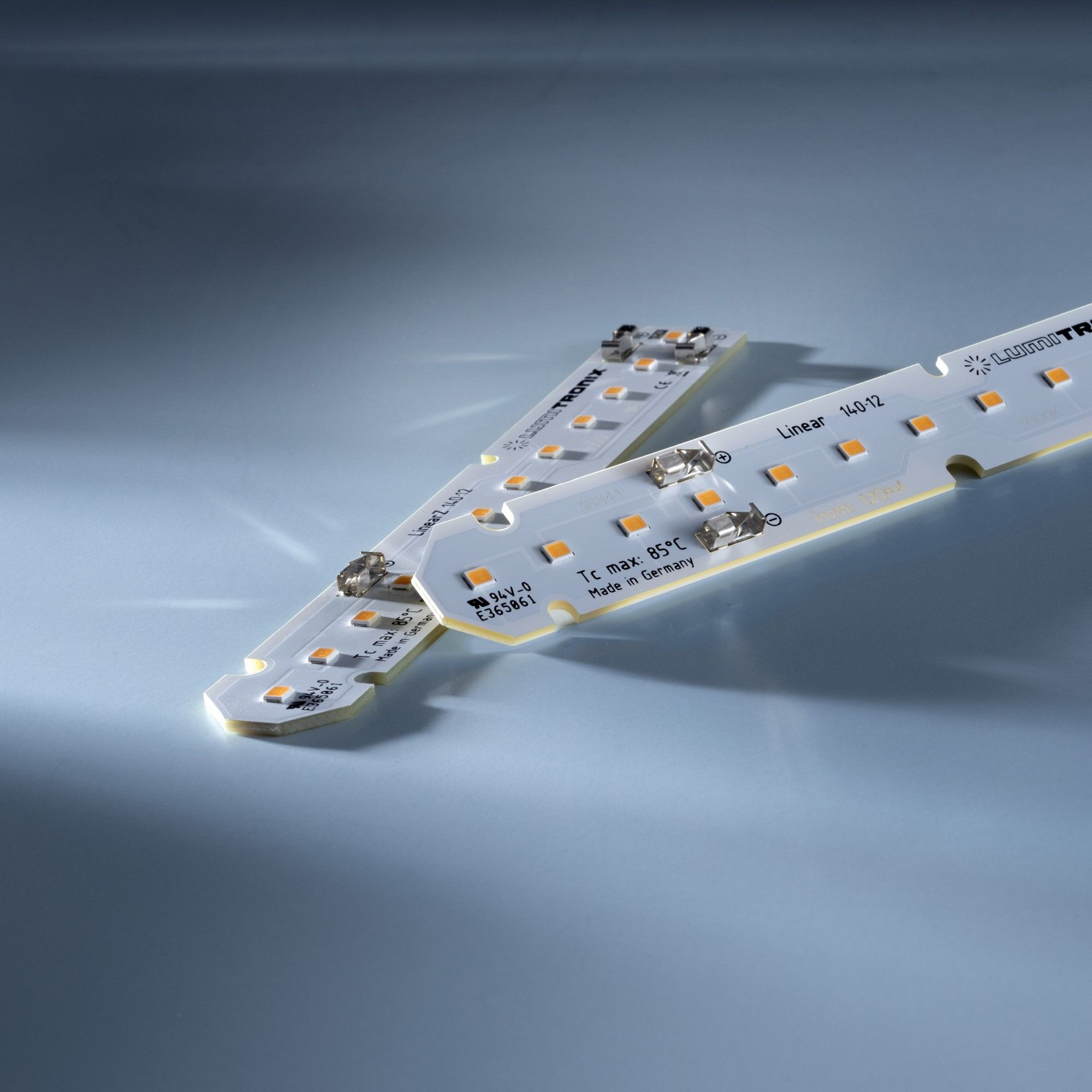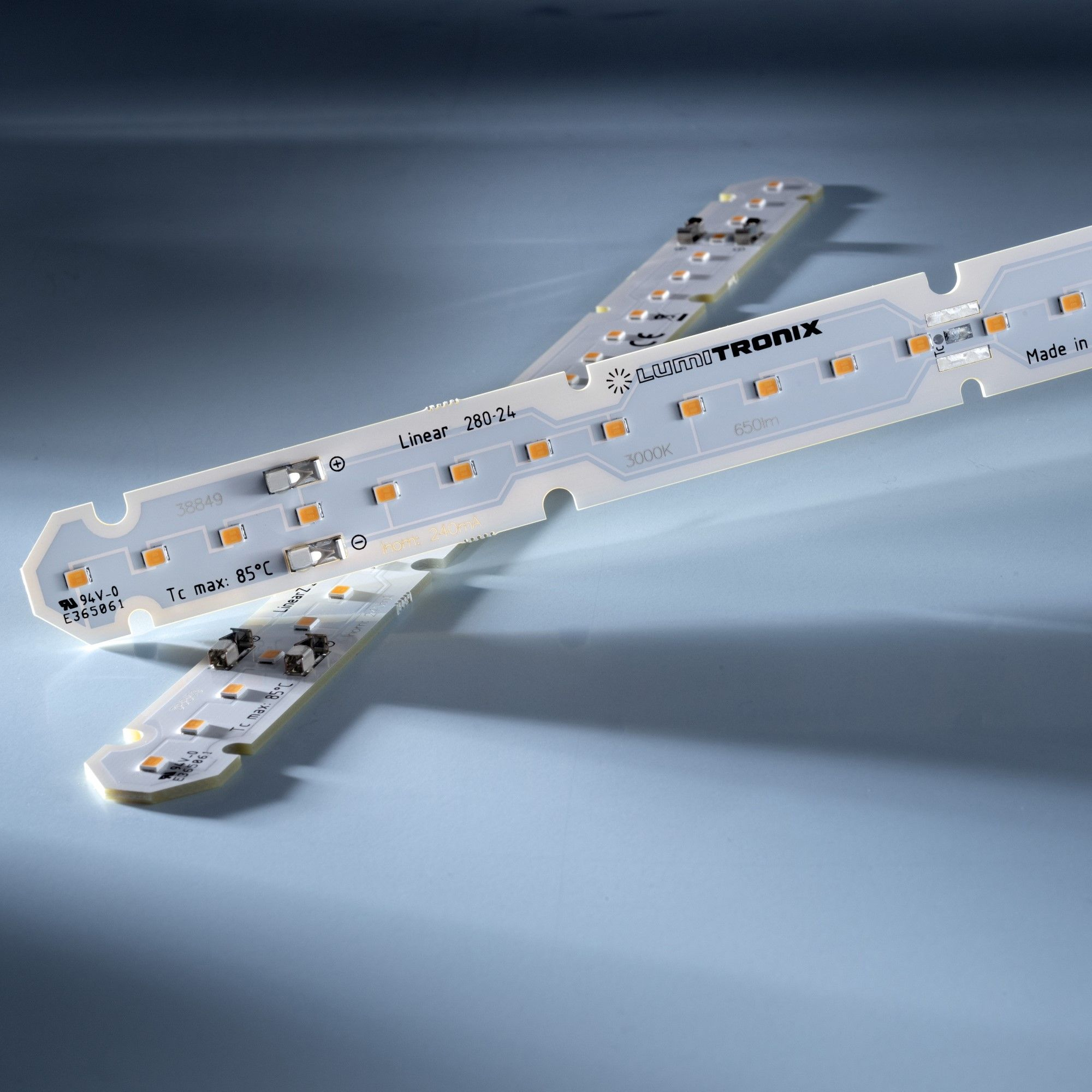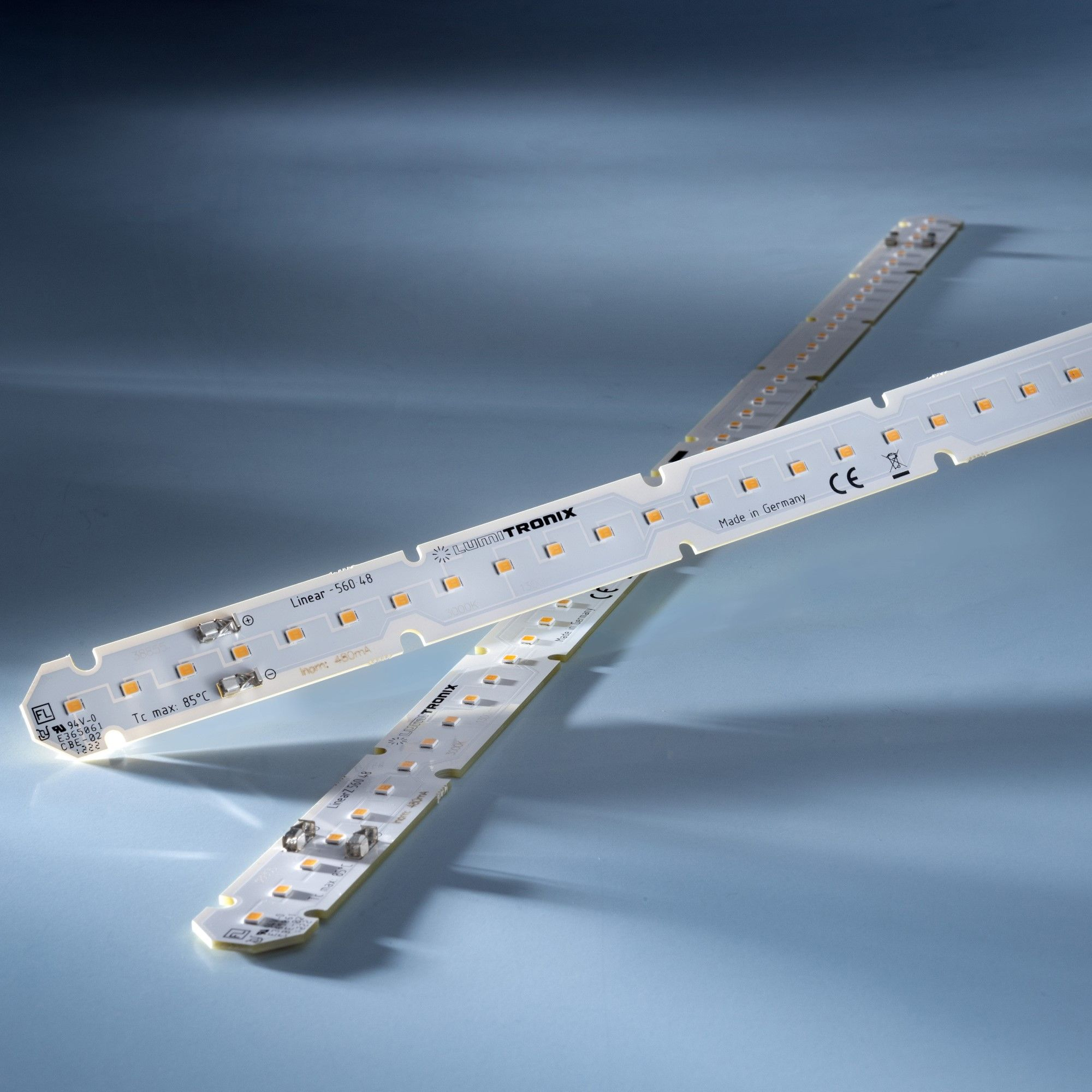Luminous Flux: A Comprehensive Guide to Understanding Light Output
- By Lumistrips LED Professional
- Mar 16, 2023

To appreciate the nuances of lighting design, it's essential to understand the various factors that affect how light interacts with space. Among these elements, one that stands a critical role is 'luminous flux.' This measure of brightness, often overlooked, is integral to understanding and utilizing light effectively. This article aims to delve into the concept of luminous flux, its role in different lighting applications, and how to choose the right lighting solutions based on this parameter.
Understanding Luminous Flux
At its core, luminous flux is a measure of the total quantity of visible light emitted by a light source. It gauges the energy emitted as visible light, providing an understanding of the 'brightness' or 'light output' a source produces. In SI units, luminous flux is quantified in lumens (lm).
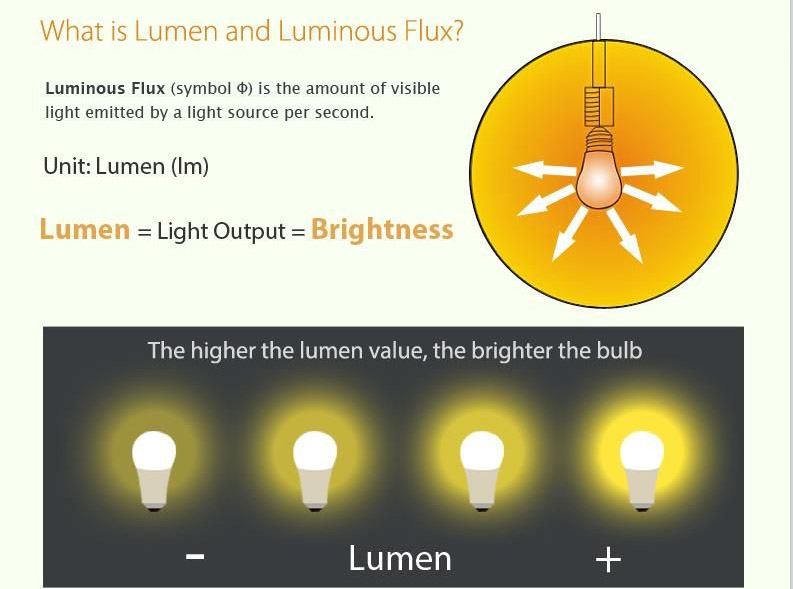
However, the concept of luminous flux isn't confined to the brightness of a light source alone. Depending on the lighting application, it can be gauged per lamp, per fixture, per linear meter, or per square meter. This adaptability allows us to use luminous flux as a tool for evaluating the effectiveness of different light sources and lighting designs.
Luminous Flux across Different Light Sources
The luminous flux can vary widely across different light sources, from incandescent bulbs and fluorescents to LEDs. For instance, traditional incandescent bulbs have a relatively low luminous flux due to their inefficient conversion of electrical energy into visible light. In contrast, LEDs, known for their energy efficiency, can provide a significantly higher luminous flux for the same power consumption, making them a more effective choice for many lighting applications.
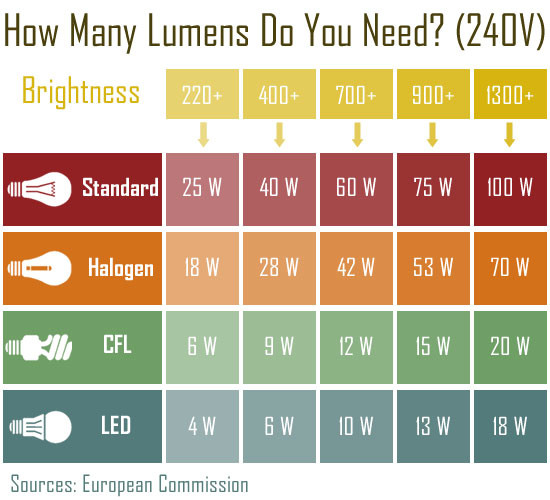
Light fixtures, too, can exhibit a broad range of luminous flux values. Small decorative lights might only emit a few lumens, creating soft, ambient lighting. On the other hand, large-scale lighting fixtures used in stadiums can produce tens of thousands of lumens, illuminating vast spaces with bright, clear light.
Importance of Luminous Flux in Linear Lighting
In the context of linear light fixtures, such as LED strips, measuring luminous flux per meter becomes an invaluable tool. LED strips can vary dramatically in their light output, ranging from a modest 100 lumens per meter for subtle accent lighting to an impressive 10,000 lumens per meter for high-intensity illumination.
Determining the appropriate luminous flux for a particular application depends on the desired lighting effect:
-
Ambient Lighting or Highlighting Objects/Furniture: For applications that require soft, diffused lighting or subtle highlighting of objects or furniture elements, LED strips with up to 500 lumens per meter (roughly 160lm per foot) are typically sufficient.

-
Highlighting Architectural Elements: To accentuate architectural features, an LED strip producing up to 900 lumens per meter, or about 300 lm/foot, may be needed.

-
General Illumination in Residential Spaces: Lines of light for general illumination in residential settings may require up to 2400 lumens per meter (600 lm/foot), depending on the cove design and materials used. However, in many cases, LED strips producing up to 1500 lumens per meter (roughly 500 lm/foot) can be adequate.

-
General Illumination in Office and Commercial Spaces: In larger, commercial environments, where the distance between the linear fixture and the area that needs to be illuminated may be greater, you might require LED strips with up to 5000 lumens per meter (1600 lm/foot).

Luminous Flux and Lumistrips
At Lumistrips, we understand the critical role luminous flux plays in designing effective and efficient lighting solutions. As such, we offer an array of LED strips tailored for various lighting needs, each with a different luminous flux per meter to match specific applications.
Our LumiFlex1080 Economy range, for instance, is perfect for providing ambient light or highlighting objects and furniture elements in your home. Its luminous flux is designed to create a soft, welcoming atmosphere without being overpoweringly bright.
For general residential lighting needs, our LumiFlex3090 LED strips are an excellent choice. These high-quality LED strips provide an optimal luminous flux range suitable for illuminating living spaces, accentuating architectural features, or providing effective task lighting.
For larger spaces like offices or commercial environments that require a higher luminous flux, our Maxline and LumiBar LED modules are ideal. They are designed to deliver bright, clear light, making them perfect for illuminating workspaces, retail environments, or large public areas.
Luminous Flux: A Key to Effective Lighting
Understanding luminous flux and its role in lighting is key to achieving effective illumination in any environment. It helps you gauge the brightness of a light source, guiding you in choosing the right light source for your specific needs and expectations.
Whether you're illuminating a cozy living room, highlighting a beautiful piece of art, or lighting up a large office space, the luminous flux is an important consideration. By selecting light sources with the appropriate luminous flux, you can ensure your spaces are lit effectively, efficiently, and aesthetically.
At Lumistrips, we're committed to helping you navigate the world of lighting. With our wide range of high-quality, energy-efficient LED strips and modules, we can assist you in creating lighting solutions that are tailored to your needs. Remember, lighting isn't just about illuminating a space; it's about enhancing the mood, accentuating the details, and creating an environment that's both functional and inviting.

 Lumistrips EN
Lumistrips EN Lumistrips UK
Lumistrips UK Lumistrips ES
Lumistrips ES Lumistrips PT
Lumistrips PT Lumistrips ITA
Lumistrips ITA
